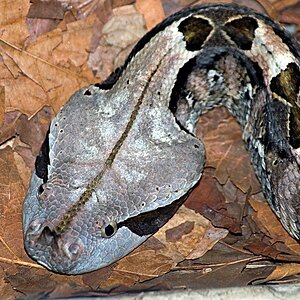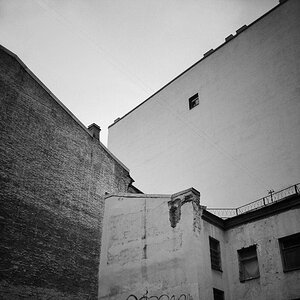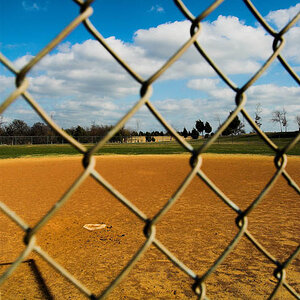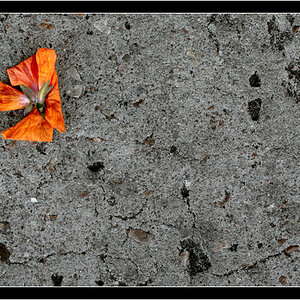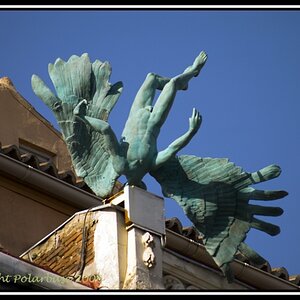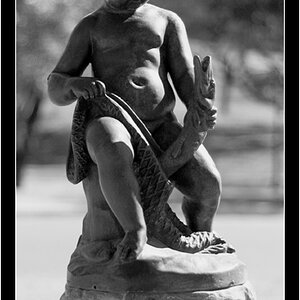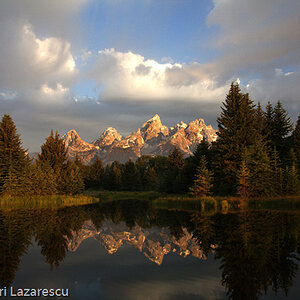Dmitri
No longer a newbie, moving up!
- Joined
- Jun 20, 2008
- Messages
- 5,882
- Reaction score
- 44
- Location
- End of the line
- Can others edit my Photos
- Photos NOT OK to edit
For macro photography. Whats the deal?
What happens if you hook up a 70-250mm lens to it compared to a nifty 50? Does it get closer, further, no difference?
I'm thinking about getting the cheapy ones, but not sure if it would do anything that the reversed 50 trick can't do (other than stay on the camera).
What happens if you hook up a 70-250mm lens to it compared to a nifty 50? Does it get closer, further, no difference?
I'm thinking about getting the cheapy ones, but not sure if it would do anything that the reversed 50 trick can't do (other than stay on the camera).



